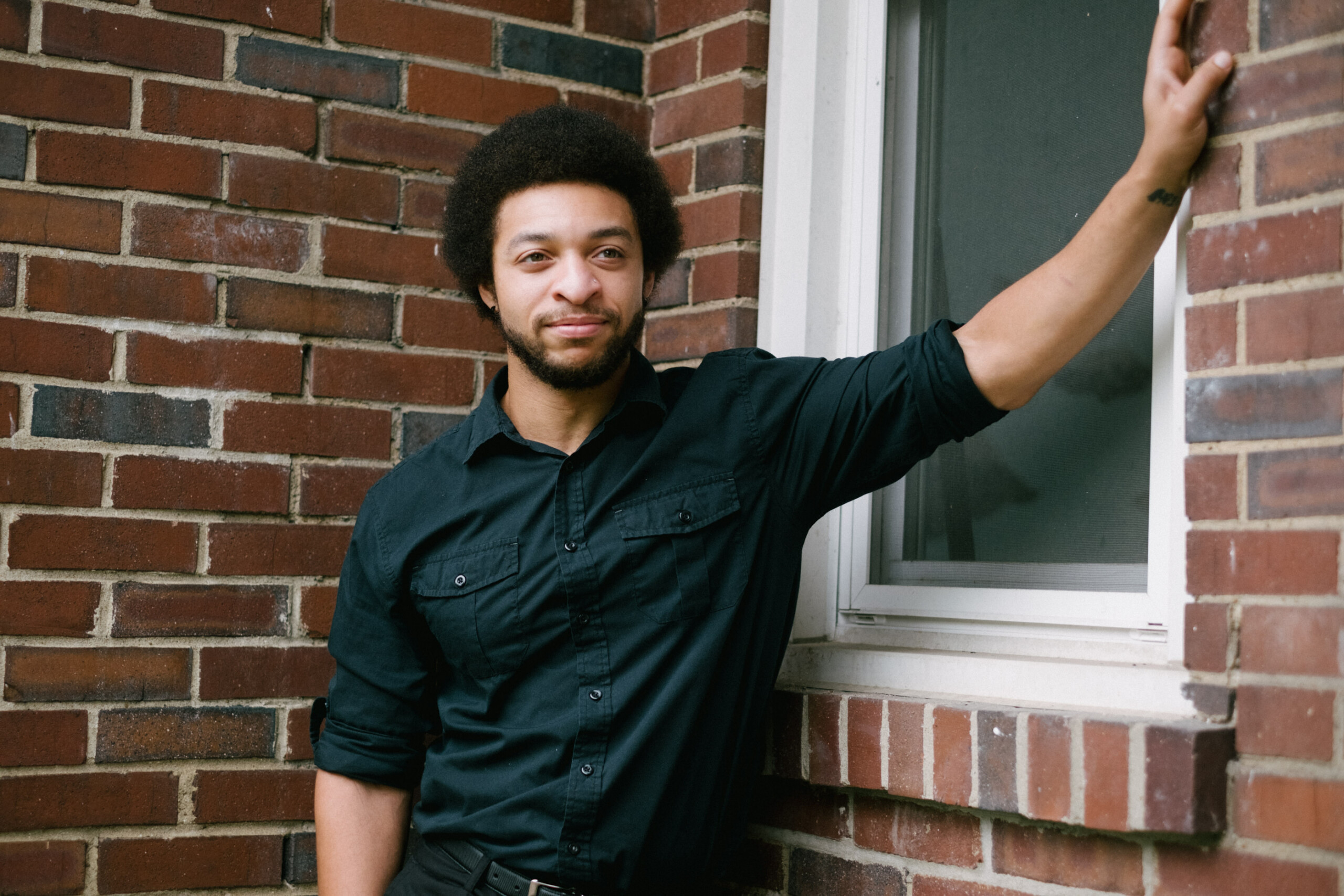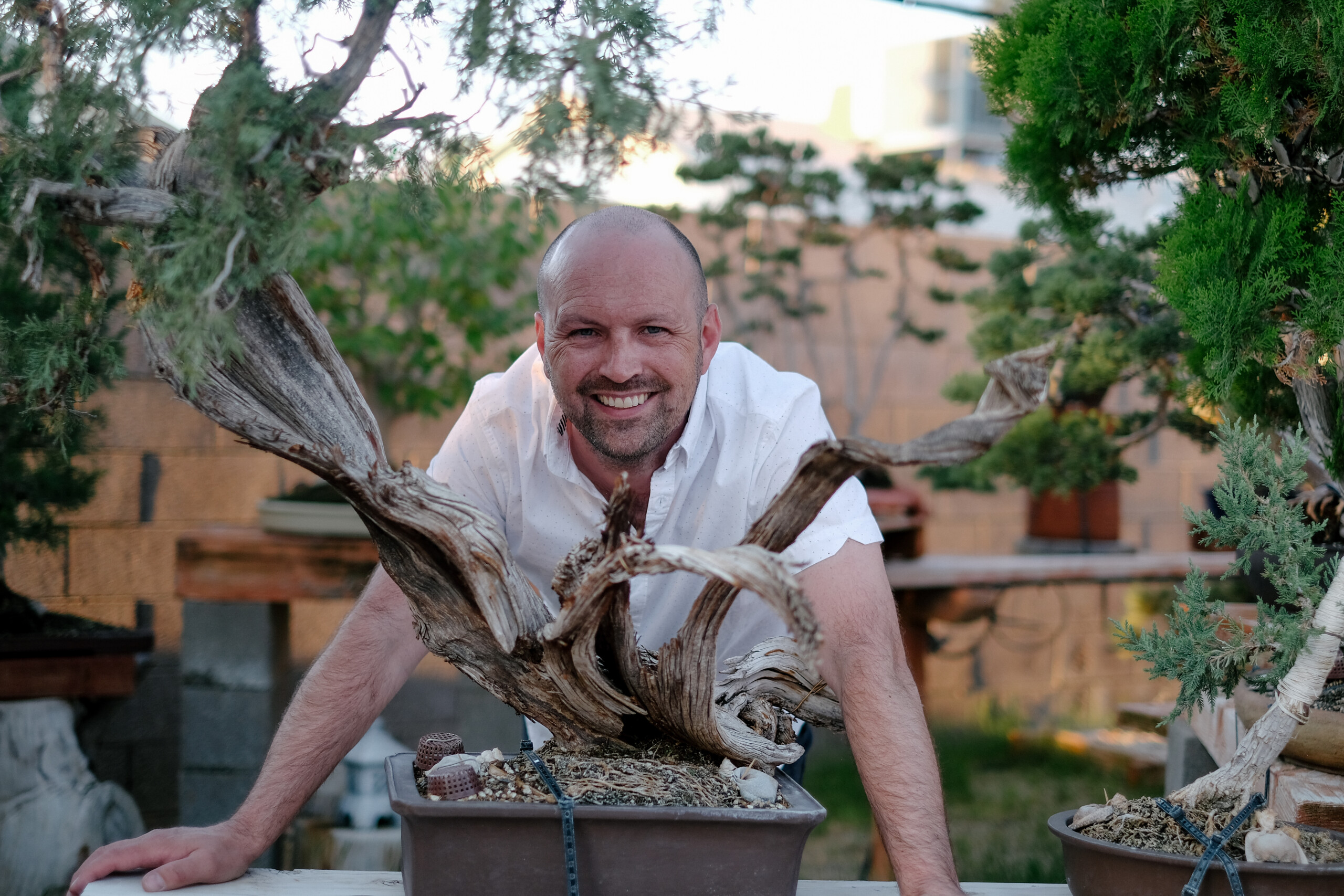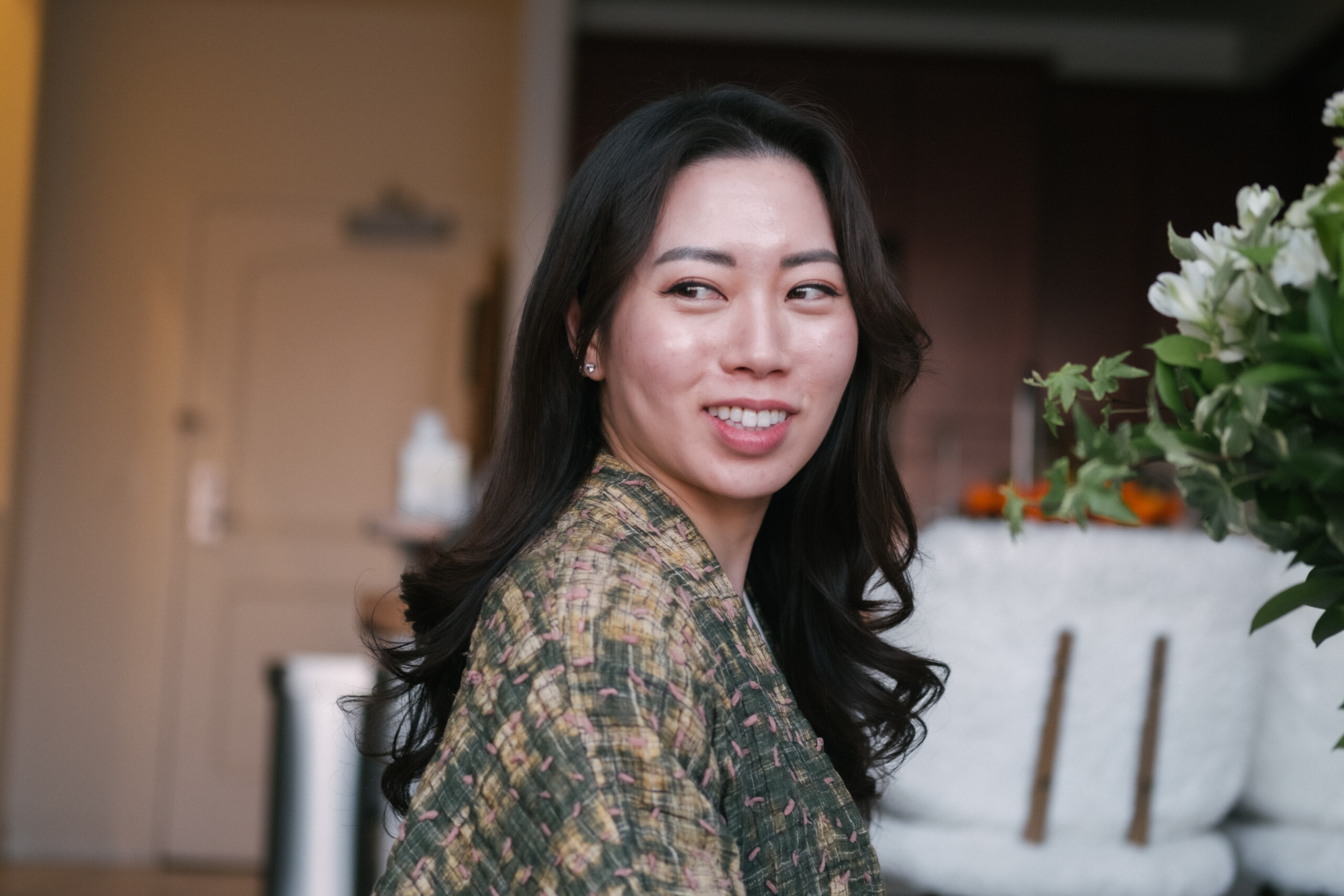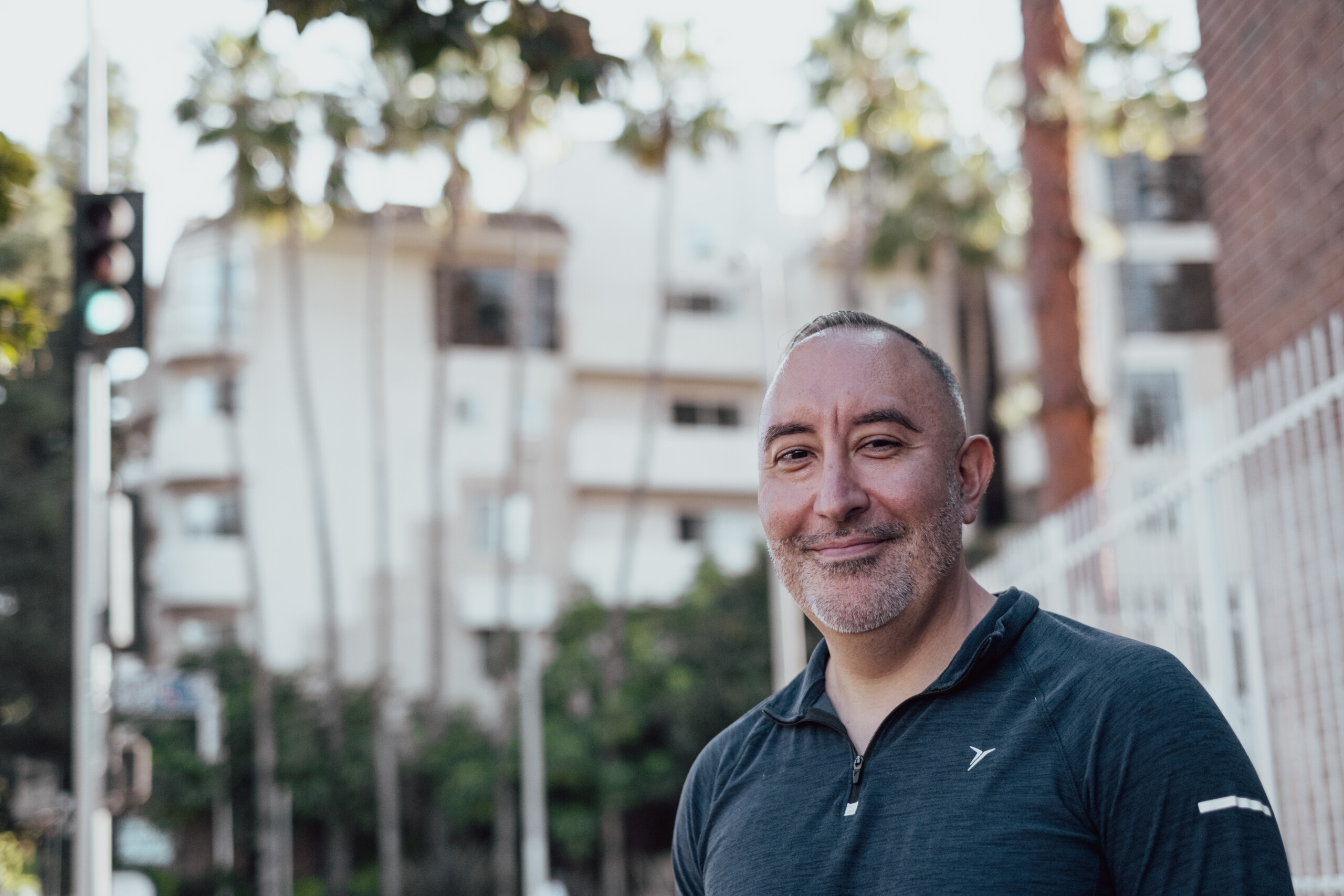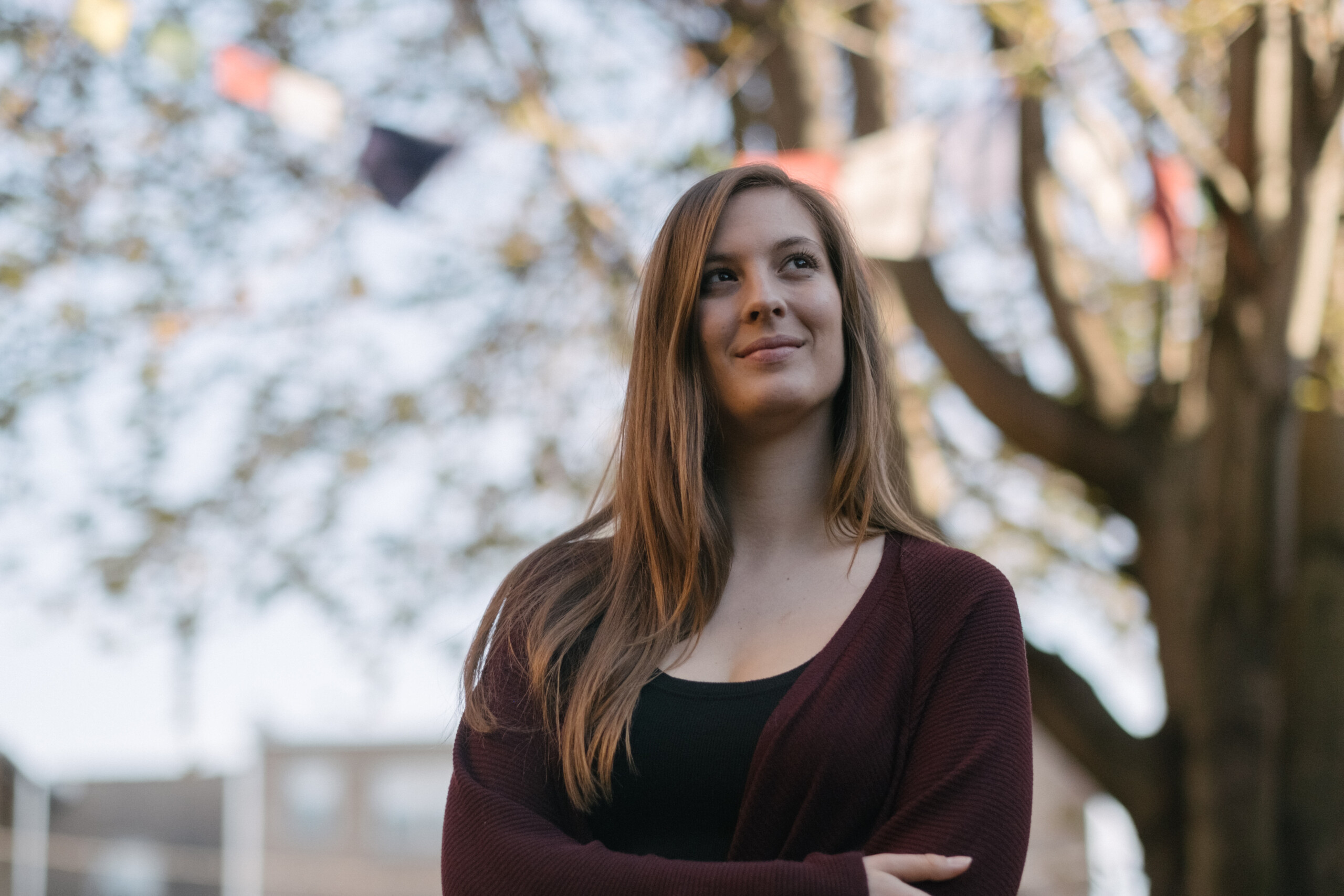Mingo
Mingo's spiritual journey began during their teenage years, driven by a curiosity that extended beyond their Christian upbringing. In search of answers, they explored various religions, ultimately finding a connection with Buddhism and alternative spiritual paths. This exploration led them through phases of atheism and anastism before settling into a belief system rooted in Buddhism.
Josh
I was raised Roman Catholic and my grandfather was a fourth degree Knight of Columbus. So, I was very intrenched with a fixed Idea of what God was and was not. As well as a lot of dogma and beliefs that I wasn’t even sure were real, that the people telling me weren’t eve sure were real either. I always suffered because I was trying to force myself to believe in a God or higher power.
Liz
Liz is a Korean American who was born and raised in New York City, living bicostally between New York and LA for much of her life after the age of 15, and is now based in LA. Her parents are from South Korea, where Mahayana Buddhism has been a significant part of the culture for many centuries, although Christianity has become more prevalent in modern times. Despite her mother's later conversion to Catholicism, which influenced Liz's early education and religious practices, Liz never fully subscribed to the Catholic faith. Instead, she appreciated certain aspects of it and was later drawn to Hatha Yoga and Hindu culture.
James
It wasn't until college that James began to reconcile his identity, discovering and embracing Chicano, African American, Native American, and queer histories, which he had not been exposed to in his earlier education. This period of self-discovery was both exciting and challenging, as it led to difficult conversations with his parents, who viewed his newfound perspectives as rebellious. James' search for a spiritual home led him to explore Buddhism in his 20s. Initially self-taught through books and videos, he was particularly drawn to the teachings of Thich Nhat Hanh. It wasn't until 2018-2019 that he discovered Won Buddhism, which resonated deeply with him. The inclusive and non-judgmental community at the LA temple and the One Institute Graduate Studies program provided a safe space for James to explore his identity and spirituality freely.
Aaron on challenges
The initial years of Aaron’s spiritual journey were tumultuous, deviating from the traditional path outlined by the Buddha. While the typical progression involves purifying ethics and gradually cultivating mindfulness, Aaron found himself in college, engaging in a lifestyle characterized by drinking, smoking, and casual relationships. This misalignment with ethical principles created challenges when he experienced an awakening.
The awakening brought a surge of energy, but Aaron struggled with unresolved habits and ethical conflicts. Attempting to balance his newfound spiritual experiences with his existing lifestyle led to periods of borderline psychotic episodes. The powerful energy demanded a reevaluation of his behaviors, including refraining from substances like weed and alcohol, and adopting a more disciplined lifestyle.
As Aaron navigated this transformative period, he discovered the supportive role of Ashtanga yoga in addressing addiction and bodily cravings. Ashtanga’s emphasis on purifying energy and creating softness in the body proved beneficial in breaking negative patterns associated with substances.
Despite the positive impact of Ashtanga, Aaron acknowledged the challenges in managing increased energy. Zen practice, with its focus on concentration and breathing, presented a mixed experience. While he appreciated learning concentration techniques, Aaron reflected on how it may have initially reinforced certain delusions, making aspects of his journey more challenging.
In summary, Aaron’s early spiritual journey involved a struggle to align his newfound awakening with an existing lifestyle, leading to a transformative process that required significant adjustments and the exploration of various practices, including Ashtanga yoga and Zen meditation.
Zselyke on meditation
Zselyke shares her perspective on meditation, emphasizing that the motivation behind their practice sets it apart. While acknowledging that meditation often brings worldly benefits like success, calmness, and focus, the primary goal for her community is enlightenment and the well-being of all beings.
In her personal experience, Zselyke notes that a key benefit of meditation is not taking life too seriously. Rooted in the understanding of impermanence and the transient nature of reality, this perspective allows her to navigate challenges with a sense of detachment. She highlights the notion that, as Buddhas, their minds are indestructible, leading to a mindset where nothing ultimately harms them. This shift in perception has made her life more manageable and eased her approach to difficulties. Zselyke observes the struggles faced by friends and family who might not share this perspective, and she recognizes the delicate balance required when offering advice rooted in her meditation practice, ensuring it aligns with the receptivity of others. Overall, she finds this understanding to be a valuable and helpful aspect of her life in various situations.
Alex on sangha
Alex delves into the vibrant community of the San Francisco Zen Center, specifically highlighting his involvement with Young Urban Zen—a meditation group comprising individuals in their 20s and 30s from the city’s lay community. Within this community, composed of working professionals, including those in the tech industry, a shared interest in meditation and Zen philosophy brings them together.
Alex discovers a sense of belonging within this Sangha, or spiritual community, where discussions traverse the intricacies of relationships, love, life purpose, and financial challenges. The open and candid dialogue, infused with the principles of Mahayana Buddhism and Zen, fosters a supportive environment. Alex finds solace not only in conversations with teachers but also in dialogues among Sangha members, creating an open forum for shared experiences and mutual support.
Though Alex currently lacks a formal teacher-student relationship, he draws inspiration from various individuals, including Shindo David Hayes. Engaging in a small, four-person group, Alex and his fellow practitioners explore different subjects, checking in with each other and holding space for mutual growth. This group meets bi-weekly, providing a structured yet fluid rhythm to Alex’s practice. His routine involves personal meditation, weekly Dharma talks, bi-weekly group sessions, and monthly participation in other Sanghas, creating a balanced and supportive framework for his spiritual journey.
Amber on fruit of practice
Reflecting on her transformative journey with Buddhism and Dharma, Amber underscores the profound impact these philosophies have had on her interpersonal connections. She credits her understanding of compassion and interdependence for enabling her to cease blaming others and foster empathy for their struggles. Growing up in a culture of individualism, Amber found solace in the collaborative nature of Sangha, realizing that a solitary practice can coexist with collective energy.
Amber narrates her evolving perception of solitude and community, encountering monastics who live contentedly without romantic relationships. Exploring meditation techniques like tonglen, she highlights the practice of sending out positive energy and taking in suffering, emphasizing the interconnectedness with others. This shift in perspective allows her to find purpose in her own suffering and extend compassion to others.
The geographical change from Brooklyn to Woodstock, bringing her closer to the monastery, becomes a metaphor for her internal transformation. Nature, once distant, becomes a vital part of her practice, and she recognizes the importance of aligning her surroundings with her spiritual journey. The move signifies her understanding of karma as responsibility, not blame, and the ability to shape her environment.
Amber delves into the impact of chanting and Puja on her spiritual growth, initially struggling but eventually finding joy and connection in these practices. The communal aspect of chanting and making offerings becomes a source of profound connection, contrasting with her previous cultural experiences. Through Buddhism, she embraces a lens of responsibility, acknowledging her karma and utilizing it as fuel for devotion and practice.
Amber describes the profound connection she feels to the Sangha and the timeless practice of Buddhism, emphasizing the unbroken lineage of teachings passed down through generations. The act of making offerings becomes a transformative experience, fostering gratitude and shifting her mindset from scarcity to abundance.
As she reflects on her privileged upbringing, Amber recognizes her duty to give and serve, expressing a commitment to living with compassion and serving as an example. Chanting brings her a joy that was previously absent, making her appreciate the singular focus and purpose it provides. Her ongoing practice embodies a beginner’s mind, rooted in the joy of the practice itself, irrespective of the need for an external purpose. Amber hopes to preserve this perspective, maintaining a lifelong commitment to her spiritual journey.

